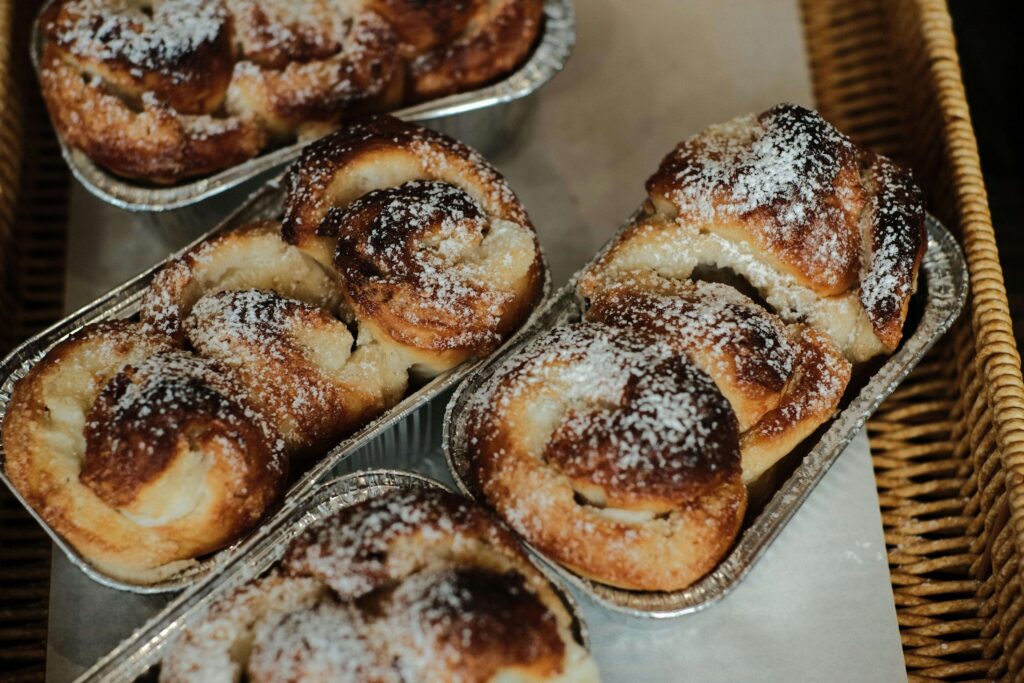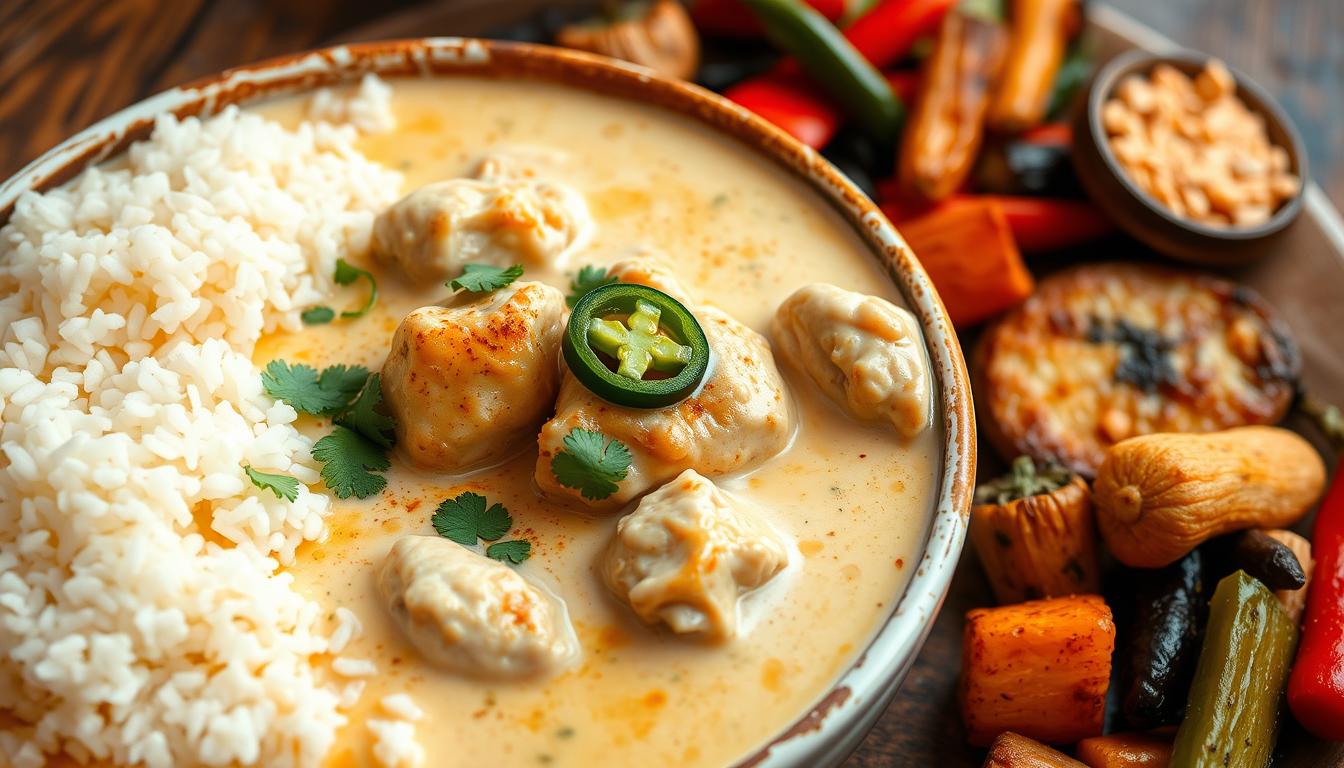Few flatbreads are as widely enjoyed and culturally significant as lavosh. For centuries, Middle Eastern and Caucasian cuisines have relied heavily on this delicate, thin, and pliable bread, which still serves as an inspiration in kitchens today. However, what is lavosh and why is it so unique? In this article, we’ll dive into the history, preparation, and uses of lavish and explore how this simple yet extraordinary bread has transcended its traditional roots to become a global favorite.
What Is Lavosh?
Lavosh (also spelled lavas, lavasch, or lawash) is a type of unleavened flatbread, typically made from wheat flour, water, and salt. It has a characteristic thin, pliable texture, which sets it apart from other flatbreads like pita or naan. While lavish is often baked in a traditional clay oven or tandoor, it can also be made on a regular stovetop using a cast-iron skillet or griddle.
The bread itself is pretty versatile—it can be baked until crispy and crunchy or left softer and more pliable, depending on how it’s prepared and used. Typically, lavosh is large, round, and flat, though it can be cut into smaller pieces or rolled up for different dishes.
An Exploration of History
Lavosh has deep historical roots, particularly in the regions of Armenia, Iran, and the Caucasus. It is believed to date back to ancient times, with some historians tracing its origins to the Urartian civilization in what is now modern-day Armenia. Lavosh has been a staple in the diet of these peoples for millennia, and its preparation and cultural significance have remained remarkably consistent through the ages.
In the Armenian culture, lavosh is not just a food item—it’s an integral part of social gatherings, holidays, and rituals. In fact, lavish was so deeply entrenched in the daily lives of Armenians that it was included on UNESCO’s Intangible Cultural Heritage list in 2014. Lavosh is often baked in large, communal tandoor ovens, with the dough being stretched out by hand before being pressed against the hot walls of the oven. The resulting bread has a unique, smoky flavor and a characteristic texture that varies depending on how it is cooked.
Lavosh also has a significant presence in other parts of the Middle East and Central Asia. Variations of the bread can be found in Iran (where it’s known as lavas), Turkey, Azerbaijan, and parts of the Caucasus. Each culture has its own method of preparing and serving lavosh, making it a truly international food item with many different interpretations.
How Is Lavosh Made?
Traditionally, lavish is made from a simple mixture of flour, water, salt, and sometimes a little oil. The dough is kneaded to a smooth consistency and then allowed to rest before being rolled out into thin, large sheets. These dough sheets are traditionally prepared by pressing them up against the heated clay tandoor oven walls. The dough is swiftly cooked by the oven’s heat, leaving the inside soft and chewy and the outside crisp and slightly charred.
Lavosh has a delightfully delicate texture when cooked correctly. It can be used as a wrap or as a foundation for different toppings because it is both thin and sturdy. Lavosh’s versatility is what makes it so beautiful. It can be eaten warm and fresh or put away to be reheated gently to regain its softness or rehydrated with a little water.
Modern Lavosh: A Favorite Around the World
Lavosh is now used in kitchens all over the world, transcending its traditional boundaries. Lavosh has gained popularity as a tasty and practical substitute for sandwich bread, wraps, and even pizza crusts, whether it is found in supermarkets or artisanal bakeries.
In the United States, for example, lavosh is often used as a base for wraps or sandwiches, especially in Mediterranean-inspired cuisine. It pairs wonderfully with grilled meats and fresh vegetables and spreads like hummus or tzatziki. Some people even use lavish as a substitute for pizza dough, adding their favorite toppings before baking it into a crispy, crunchy flatbread pizza.
Lavosh is also a fantastic option for making chips. In order to achieve this, it is sliced into triangles, coated with olive oil, and baked until crispy and golden brown. You can dip these homemade lavash chips into creamy dips, salsa, or guacamole.

Lavosh in Middle Eastern and Armenian Cooking
Even though lavish is growing in popularity around the world, it is vital to remember that it has profound cultural meaning in places like Armenia and Iran. Lavosh is frequently eaten in these areas with cheeses, grilled meats, and stews. In Armenia, lavish is used to wrap a variety of fillings for a communal meal and is occasionally served during festive occasions. It can be stuffed with anything from fresh herbs to roasted vegetables, and in some cases, it is even used as a plate to serve hot food so the bread can soak up the flavorful sauces.
In Iran, lavosh is often mixed with cheese, butter, and fresh herbs to create a simple yet satisfying dinner. Another popular side dish for kebabs is lavosh, which provides a tasty counterpoint to the smoky, charred meats.
Using Lavosh in the Kitchen: A Guide
If you’re looking to incorporate lavosh into your meals, here are a few ideas:
- Wrap it up: Lavosh makes a perfect wrap for all sorts of fillings, from falafel and hummus to grilled chicken and vegetables.
- For a quick and simple snack, cut the lavosh into triangles, brush with olive oil, season with your preferred spices, and bake until crisp.
- Flatbread pizza: For a quick supper, make your own pizza using lavosh as the base and top it with your preferred ingredients.
- Accompany dips: Use lavosh as a delicious accompaniment to creamy dips like tzatziki, baba ganoush, or hummus.
- Stuff it: Lavosh is perfect for rolling up with a variety of fillings, from scrambled eggs and spinach to roasted meats and rice. Click here for more info
Conclusion
Lavosh is a bread with a history that crosses many cultures and dates back thousands of years. FromFrom its historic origins in the Middle East and the Caucasus to its current position as a popular flatbread across the globe, lavish never fails to enchant us with its elegance, adaptability, and classic appeal. Whether it is served as a side dish for a delectable stew, a wrap, or as a base for pizza, lavish is a culinary gem that unites people around the table.
So next time you’re looking for a flavorful flatbread with a touch of history, consider lavosh. It’s a perfect way to enjoy a piece of ancient culinary tradition while still making something fresh and exciting in the kitchen.







